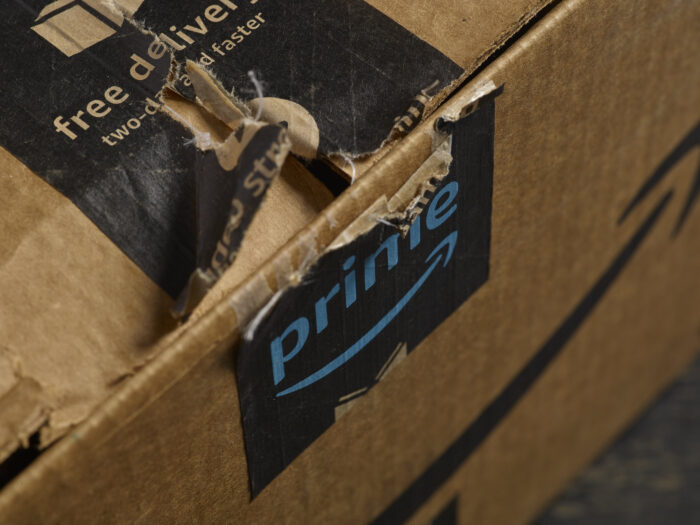
Late Wednesday, after this article was published, The Washington Post told me: “Subscribers at the $3.99 monthly rate through Amazon Prime will see a price increase to $7.99 per month on their next renewal date. They can also see the effective date of the new price by signing in to MyPost. Yesterday, these subscribers were notified of an inaccurate new monthly rate. We have communicated the mistake and clarified the correct pricing.” Our original story appears below.
Seven years later, “indefinitely” seems to be over: Post-subscribing Amazon Prime members who were paying that $3.99/month rate have been informed over the past couple of days that their monthly price will triple to $12. That’s the normal rate currently offered through the Post’s site. (Separately, and confusingly, you can also still buy a Washington Post Kindle subscription, which “includes unlimited access to all content from The Washington Post Company website and The Washington Post Company mobile apps,” for $7.99 per month via Amazon’s site. That price is up from $5.99 per month a year ago.)
The price increase comes as the Post’s digital business appears to have stalled: The New York Times recently reported that the Post has lost paying digital subscribers since 2020 and that its digital ad revenue has fallen. I’ve asked the Post for comment and will update this if I hear back. The change implies, though, that the Post no longer sees enough of a strategic advantage in introducing Prime members to the paper that it’s willing to subsidize them. (It still runs plenty of general pricing specials, though.)Prime members might have let a $3.99 monthly charge slide even if they weren’t reading the Post much. Will that change when the price goes up to $12 a month, entering Spotify and Netflix territory? We’ll see. (Or maybe we won’t, since the Post doesn’t publicly release subscription numbers.)
Meanwhile, the price of an Amazon Prime subscription rose to $139 per year last spring.